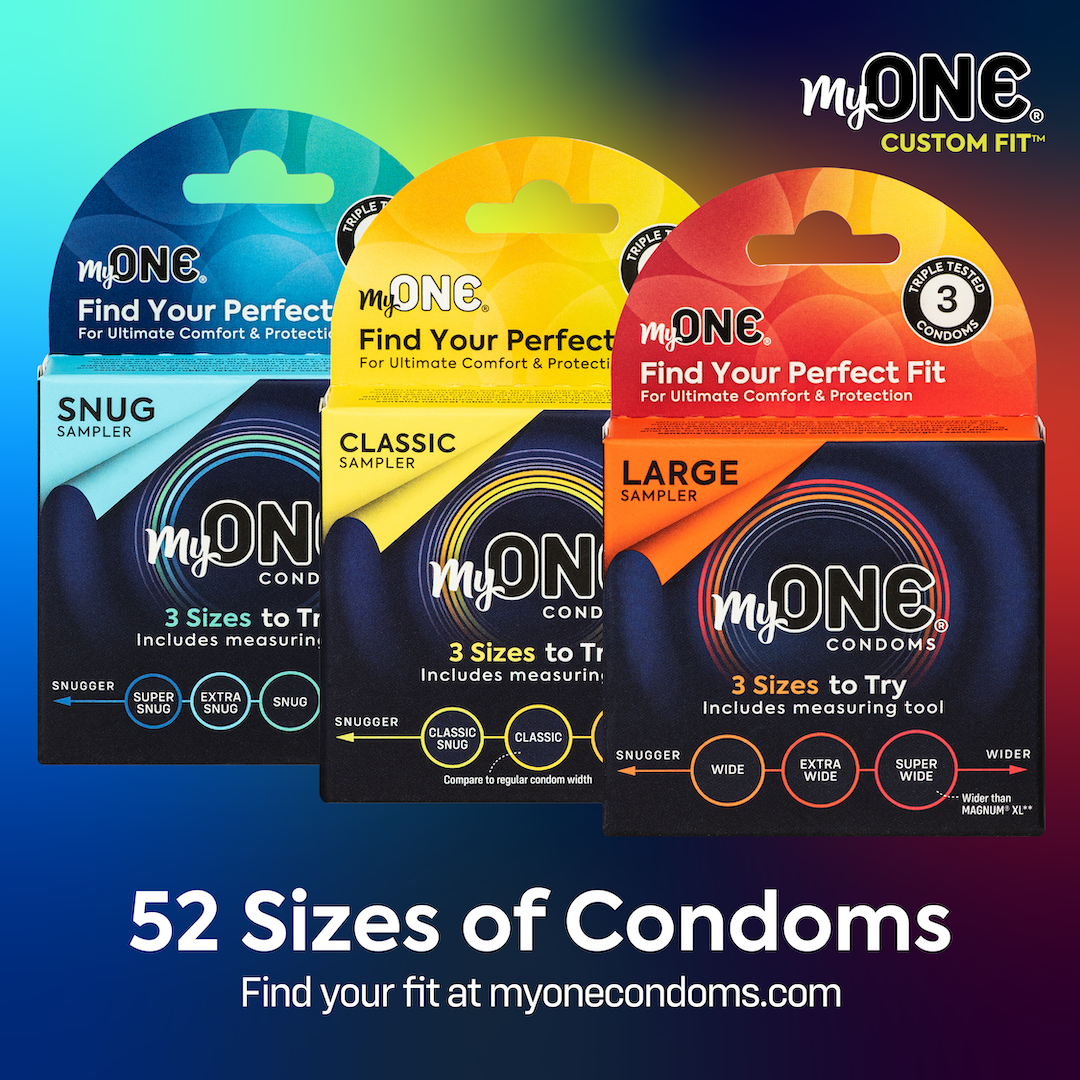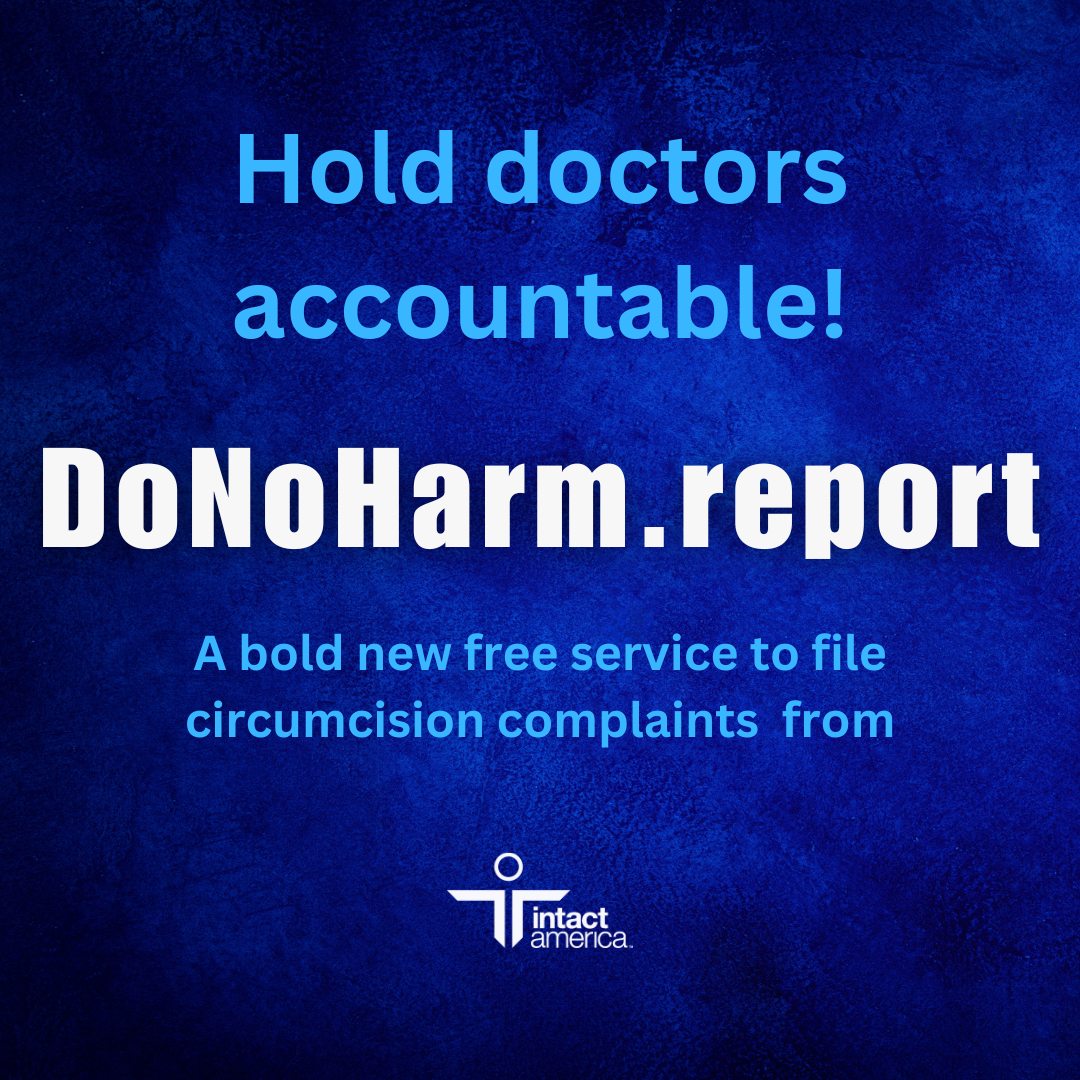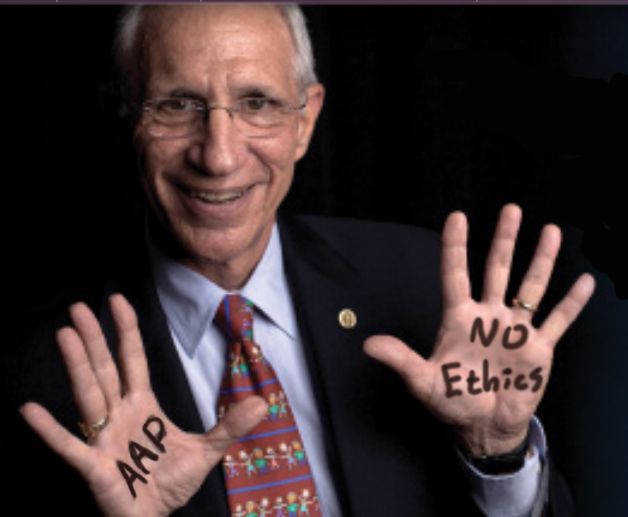Intact America Rolls Out DoNoHarm.report, a Free Service to Help Consumers Report Circumcision Complications and Related Injuries
Filing Medical Complaints Is Difficult; DoNoHarm.report Makes It Easy (Tarrytown, New York—September 27, 2024)…Parents whose sons have suffered circumcision complications, and...





